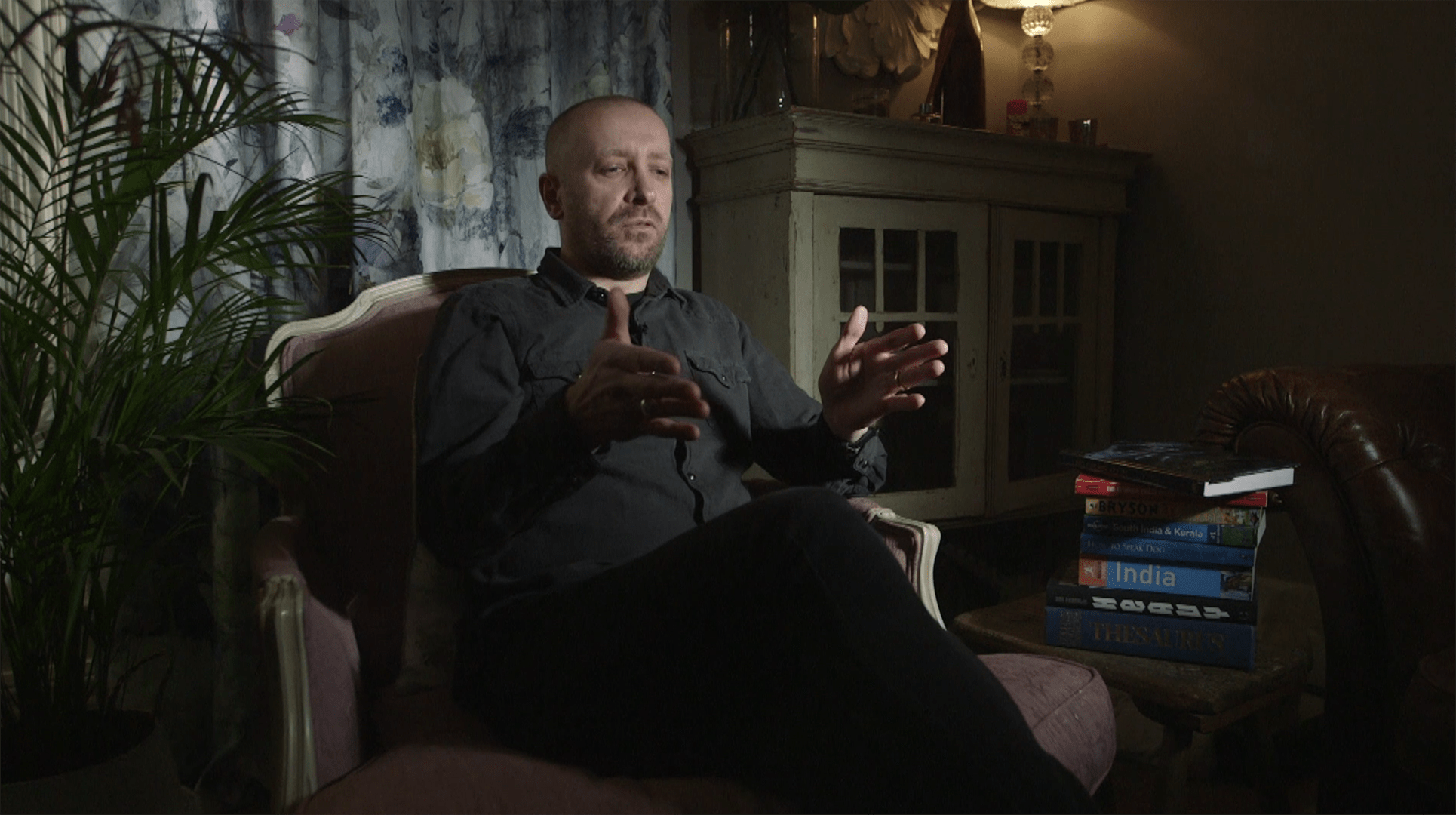

Perhaps the most striking aspect of Paradise Lost some two decades later is how plainly it presents the story. It is sponsored by the International Documentary Association.

Berlinger and Echols will be reflecting on its significance tonight at a special 35-mm, 20th anniversary screening at Brooklyn’s Alamo Drafthouse (Sinofsky died of diabetes-related complications last year). It’s a film that changed the lives of all involved – including the filmmakers themselves. Moreover, the film’s legacy would span decades, inspiring not only two sequels but a hands-off storytelling style that can be seen in docuseries like Making a Murderer and scripted dramas like Rectify. It was then that the film that would become the influential documentary Paradise Lost: The Child Murders at Robin Hood Hills changed course. “When we saw Damien and Jason being chained up and taken off, it was just so emotional, ’cause we felt the wrong guys were being carted off,” Berlinger says. Berlinger recalls looking at defendant Jason Baldwin’s “skinny little wrists” and thinking he would be incapable of using a hunting knife to mutilate and murder anyone after an interview with the boy and another seemingly innocent defendant, Damien Echols, the filmmakers believed they had a bigger story on their hands.

“How could three teenagers become so disaffected with life that they could do such a horrible thing?”įor months, the documentarians met with the victims’ families and talked to the accused.
#PARADISE LOST FILM SERIES MOVIE#
“We went down to make a film about guilty teenagers, like a real Rivers Edge,” Berlinger says, referencing a 1987 Keanu Reeves movie about a metal-loving teen who murders his girlfriend. had made headlines when they abducted, tortured and murdered a two-year-old, and now the filmmakers had read about the brutal murders of three eight-year-old boys ostensibly committed by teenage Satanists. A few months earlier, two 10-year-olds in the U.K. When filmmakers Joe Berlinger and Bruce Sinofsky arrived in West Memphis, Arkansas in June 1993, they came with an agenda: to document what looked like a new wave of alienated youth-turned-murderers.


 0 kommentar(er)
0 kommentar(er)
